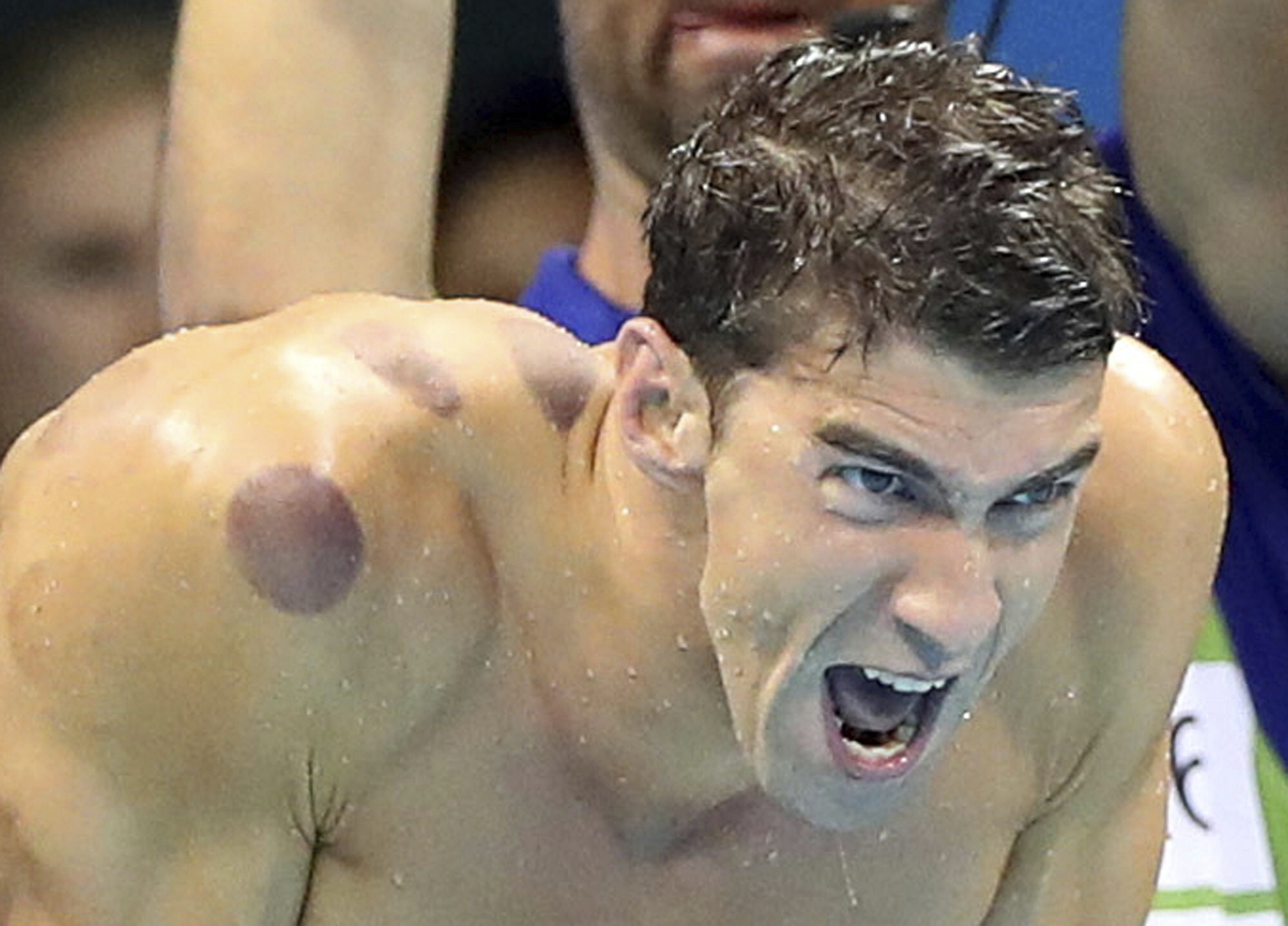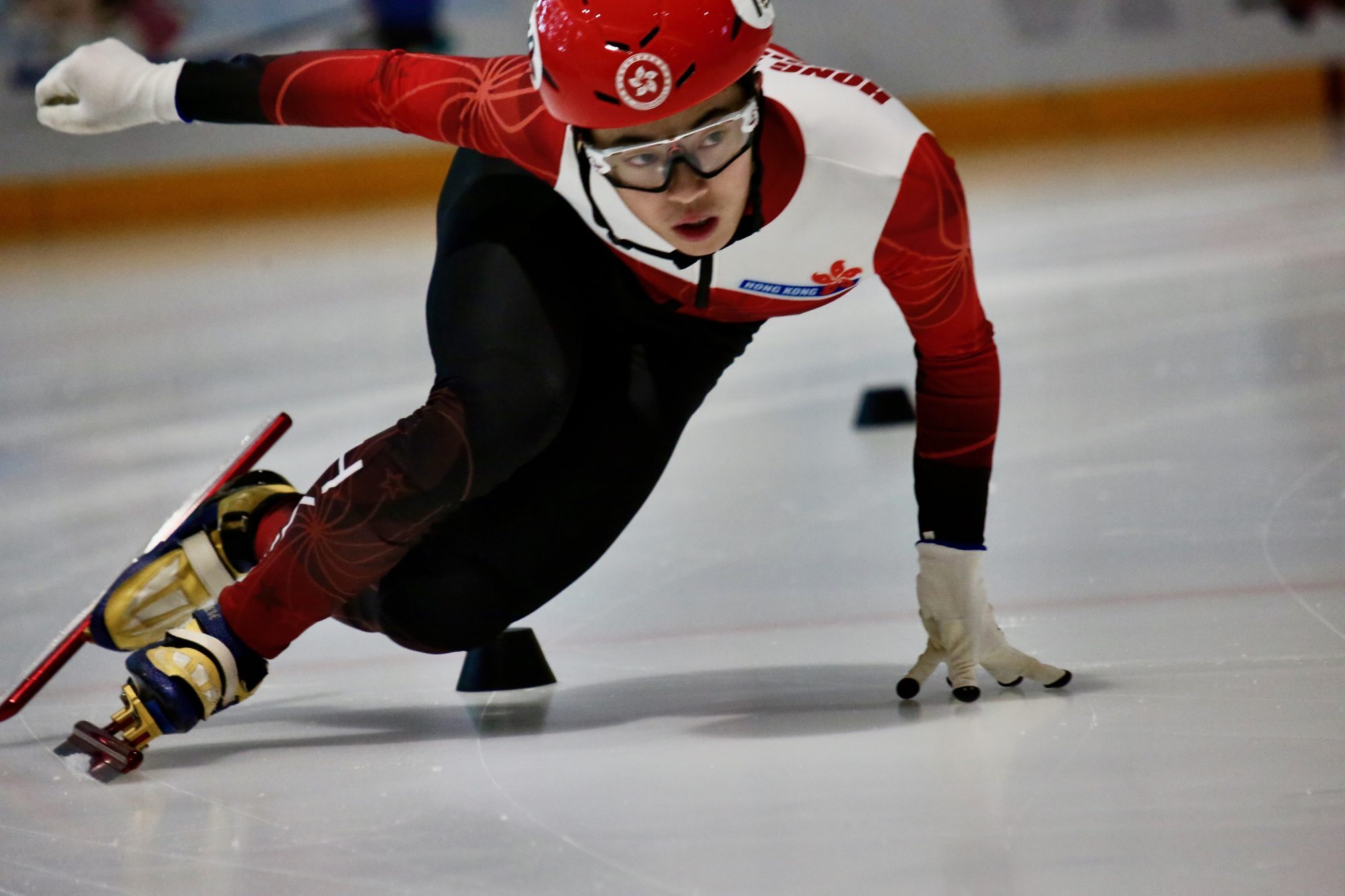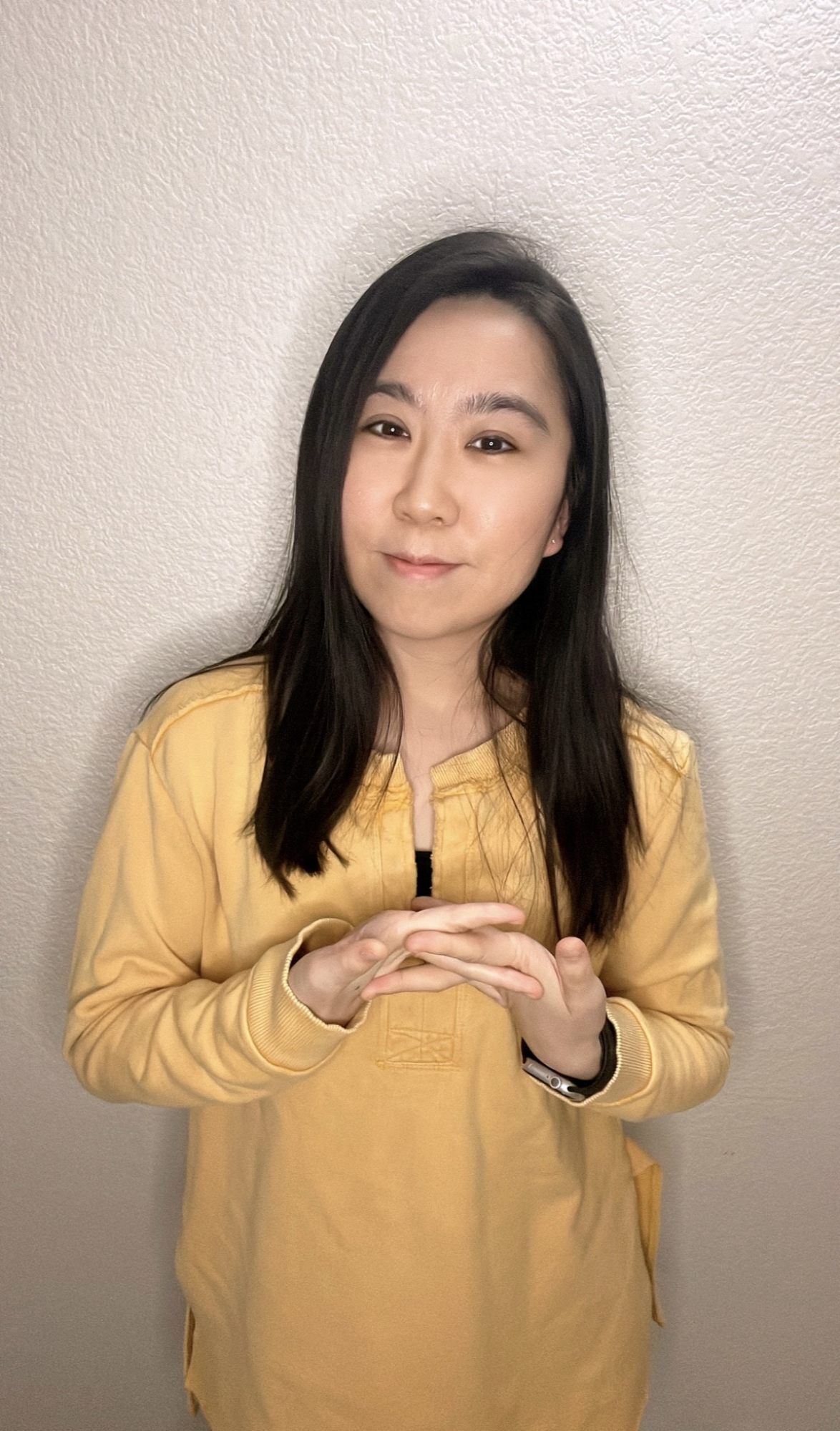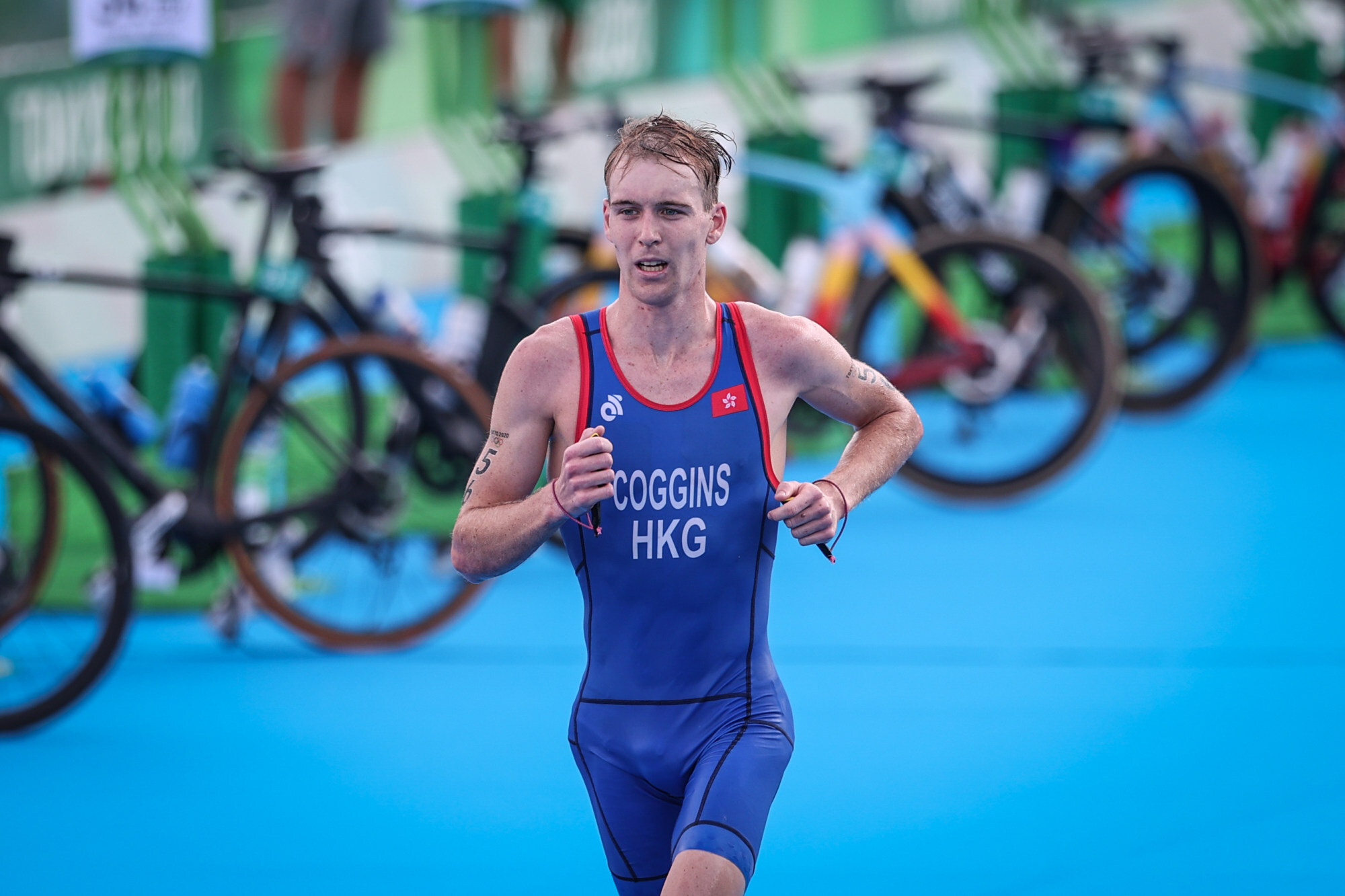
Winter Olympics: Hong Kong’s Sidney Chu leads cupping charge as athletes embrace traditional alternative therapy
- Speed skating star Chu says the application of suction cups on the skin helps in recovery from strenuous workouts
- American snowboarder Shaun White, and former Olympic downhill skier Lindsey Vonn, have previously posted photos of themselves getting the therapy on Instagram
“I mostly use cupping in my back every once in a while to promote my overall wellness,” said Chu, who is 22 years old and will compete in the 500m short track event with 31 other skaters.
“I usually live and train in cold places where indoor heat is always on, so it’s easy for my body to accumulate a bit of inner heat. I have also used cupping on my quad and glute muscles too to get rid of muscle tension after a long day of training.”
The traditional practice of cupping, which dates back thousands of years, is a well-known form of therapy for a variety of ailments in China, Southeast Asia and the Middle East and is now being embraced by athletes, a number of whom will compete at Beijing 2022.
Master Ruth Lee, who performs Chu’s cupping treatments in Hong Kong, runs a traditional Chinese medical clinic and said the benefit lies in the healing properties of the practice.
“Thousands of years ago, traditional Chinese medical practitioners used cups that were made of bull horns or bamboos, as opposed to the glass or plastic cups that are used today,” said Lee, who is a registered acupuncturist, Chinese medicine practitioner and author of Soft Touch of Tiger Moms. “Regardless of what the cups are made of, the mechanism of cupping still remains the same.”

Lee, who has degrees in traditional Chinese medicine and personal health management from Peking University of TCM and Baptist University of Hong Kong respectively, said she used to practice the therapy in hospitals and clinics on the mainland more than a decade ago. She said the process looks intricate, but is actually quite simple when you break it down.
Five weird treatments athletes do to keep in top physical condition
“First, a vacuum is created inside the cup, either by burning the oxygen inside of a glass cup or sucking out the air from the top of a plastic cup. The cup is then quickly placed on to the acu-points of a patient’s skin, and the vacuum draws the skin into it,” she said.
Lee said the low pressure inside the cup mobilises the free flow of “Qi” which she describes as vital energy, while also helping with blood flow.
“Thus removing toxins, treating pains and muscle stiffness, ultimately creating elemental balance within all connected organs.”

A blog post on Harvard Medical School’s website said that a number of studies have been done on the health benefits of cupping but the results were inconclusive. However, it noted the nature of the practice makes it difficult to perform “blinded placebo-controlled trials”. However, numerous studies have been conducted in regions where the cupping is common.
Anecdotally, cupping has endless testimonial power from a wide array of people who say it helps them with everything from pain management and stress to acne and high blood pressure.
Lee said the proof is in her clientele, who come regularly for the therapy. She said aside from Chu she has trainers, yoga and Pilates coaches and athletes who all visit her regularly, people who push their bodies to extremes on a regular basis.

Cupping is part of a wave of new treatments that athletes, weekend warriors and regular people alike are turning to which also includes massage, acupuncture and dry needling.
The US Chamber of Commerce already estimates the health and wellness industry at more than US$4.5 trillion, one that has been rapidly expanding for years and has now been put into overdrive because of Covid-19 and an increased emphasis on health.
A McKinsey & Company study found that many people are turning away from invasive forms of medicine, such as prescription medication and moving towards alternative treatments such as cupping, CBD oil, aromatherapy and many other practices given their low impact and relative lack of side effects.
However, the traditional medical world has been less welcoming of these types of therapies, thus large scale studies are still mostly in their infancy.
Jen Lee, a licensed massage therapist in Las Vegas, who has been practicing for close to five years, has a number athletes as regular clients including MMA fighters, bodybuilders, runners and police officers.

Lee described the treatment as a form of detoxification.
“What cupping does is it draws out toxins from deep inside your body to the skin layer for elimination through negative pressure,” she said. “It can be especially effective on scar tissue where lymph channels are damaged and on knotted muscles where there’s build-up.
“Cupping is exalted when massage is combined together because once the toxins are drawn to the surface, massage techniques further draws the toxins from the skin to the lymphatics and greatly accelerates the detoxification process.”

Hong Kong triathlete and 2020 Tokyo Games competitor Oscar Coggins said the reason he does cupping is simple – personal preference for recovery.
“For me cupping serves as a replacement for a massage,” he said. “I’ve never liked massages. I’ve always struggled to relax and that leads to most massages doing more harm than good for. With cupping I’m able to relax more and still get the same pressure and tension on my muscles to help my recovery.”

One of the selling points of cupping is that although it looks painful, according to most medical literature, it is fairly safe. WebMD states that there are reports of side effects including “mild discomfort, burns, bruises and skin infection”.
Hong Kong’s Daniel Chan Ho-yuen, a wheelchair badminton player who competed at the 2020 Summer Paralympic Games in Tokyo, where he won bronze, said he was a regular client and it was part of his weekly schedule.
“It helps me for recovery after high volume of training, and although it’s painful during the treatment, it is really relaxing as well. During peak training season I will do it about once a week,” he said.

